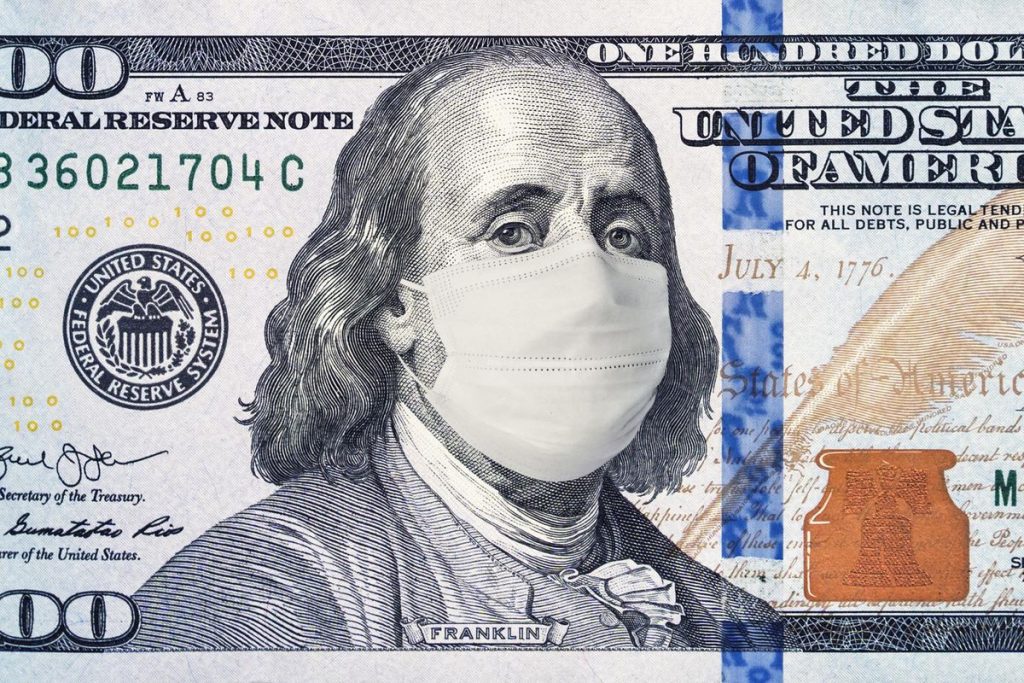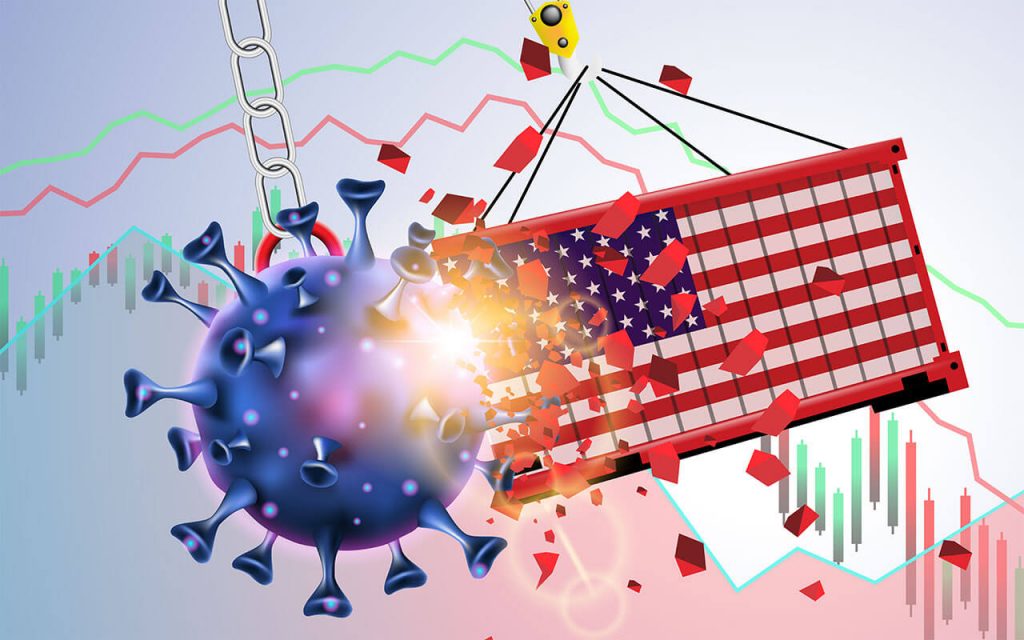
The expanding spread of the coronavirus across nations has incited numerous administrations to acquaint exceptional measures to curb the pandemic. As the novel coronavirus tears through America's greatest urban areas, its impact is being felt a long way past the more than 3,545,077 Americans who are affirmed corona infected. The isolates and lockdowns that are expected to battle the infection's spread are freezing the economy, as well, with remarkable power and speed. As indicated by the International Monetary Fund, the worldwide economy is required to recoil by more than 3 to 5% in 2020 – the steepest log jam since the Great Depression of the 1930s.
Presently, as certain nations lift limitations and gradually working to restart their economies, here's a glance at how the pandemic has influenced them and how they have adapted.
How Hard Has the Economy Been Hit?

The COVID19 pandemic has driven the worldwide economy towards the recession, which implies the economy begins shrinking and development stops.
In the US, COVID-19-related interruptions have prompted millions of petitioning for unemployment benefits. In April alone, the figures were at 20.5 million, and are required to ascend as the effect of the pandemic on the US work showcase compounds. According to a Reuters report, since March 21, more than 36 million have petitioned for joblessness benefits, which is very nearly a fourth of the working-age populace.
Further, an early examination by IMF uncovers that the manufacturing yield in numerous nations has gone done, which mirrors a fall in outer interest and developing desires for a fall in the domestic requests.
Moreover, due to the coronavirus scourge, the US economy is confronting concerns about industrial production. According to the information distributed by the United Nations Conference on Trade and Development on fourth March 2020, the coronavirus outbreak could prompt a reduction of $50 billion in the global value chain. In February 2020, China's PMI reduced by almost 22 focuses on 37.5, which is the most reduced since 2004.
The investigation on the effect of COVID-19 Financial Aid for Various Businesses is arranged into food & beverage, retail, eCommerce, electronics & electrical, automobiles, travel & tourism, healthcare, energy, and much more. The vehicle business is as a rule essentially influenced by the coronavirus scourge, as significant US automobile organizations have closed down their assembling activities over specific nations, on the side of laborers' security. For example, Fiat Chrysler, General Motors, and Ford have proclaimed to close down their plants in North America. Therefore, it is influencing automobile creation in the US.
How is US Coping with COVID-19 Economy Loss?

The US is arranging a second, greater, alleviation bundle of USD 3 Trillion, which will give another round of USD 1,200 to every resident and unemployment advantages of USD 600 every week, on the head of the past one. The rising government spending as alleviation bundles has its own arrangement of pundits, drove by the high financial shortage, inflationary weights, and the ability of individuals to come back to work if they continue getting help cash. In any case, the US has proceeded with the main help bundle and in practice, all probability, will declare a considerably greater second bundle, but the truth will surface eventually when will the US economy switch its downtrend lastly observe the truly necessary growth.
So, it is conceivable to envision situations in which the COVID-19 Recession isolates are trailed by a quick financial recuperation. The economy was developing consistently before the infection struck, so there are no different elements pushing. But, the longer the shutdowns last, the more uncertain this becomes. Progressively troubling is that some state and nearby governments are just barely starting to pay attention to the hazard—thereby increasing the probability that the coronavirus spreads further, and requires longer shutdowns to manage it.

4 Comments